Many pet owners enjoy sharing their favorite snacks with their furry friends, but when it comes to cats, it’s important to be cautious about what they eat. While cats have a reputation for being picky eaters, they may surprise you with their willingness to try new foods. One question that often comes up is, can cats eat strawberries? As a cat owner, you may have wondered if your feline companion can enjoy this popular summer fruit as well. In this blog post, we’ll dive into the topic of cats and strawberries to determine whether or not these sweet treats are safe for our feline friends. So, can cats eat strawberries? Let’s find out!
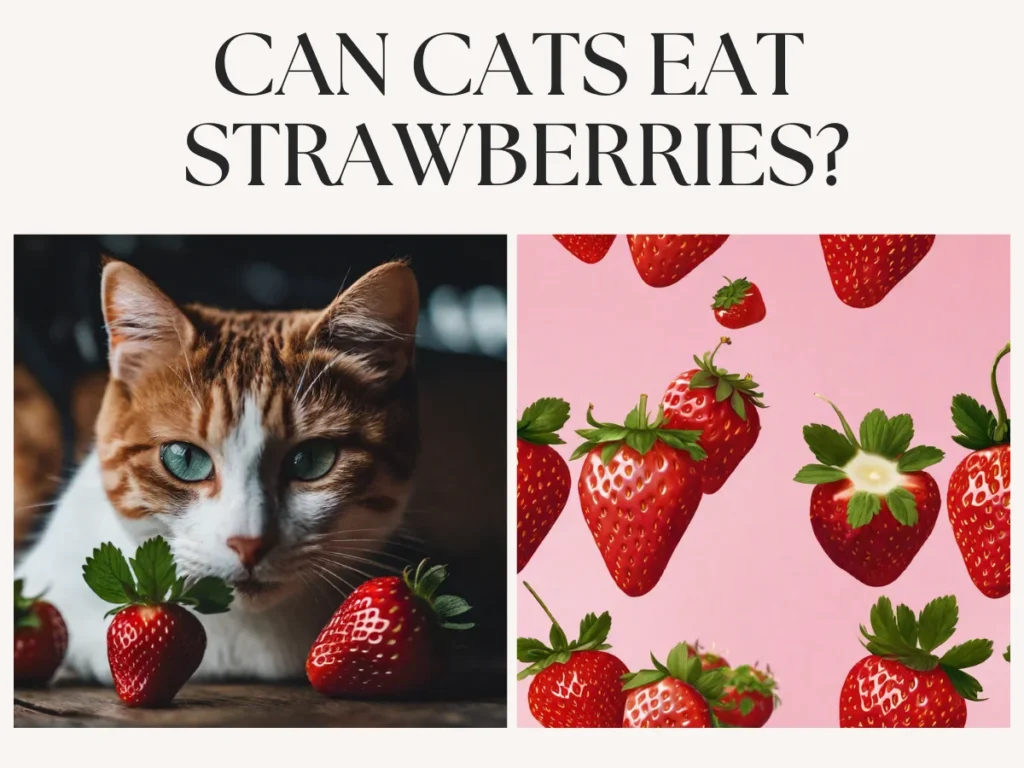
Unveiling the Truth: Are Strawberries Safe for Cats?
When it comes to feeding our feline friends, it’s essential to be cautious about what we offer them. So, let’s dive into the topic and unveil the truth: are strawberries safe for cats?
The good news is that strawberries themselves are safe for cats to eat in moderation. They are packed with essential nutrients such as vitamins C and K, fiber, and antioxidants. These nutrients can contribute to a cat’s overall health and well-being. However, there are a few important things to keep in mind.
Firstly, make sure to remove the green tops, also known as strawberry leaves, before offering strawberries to your cat. The leaves can be difficult for cats to digest and may cause gastrointestinal upset. Stick to feeding your cat only the juicy red part of the strawberry.
Secondly, while cats can eat strawberries, it’s important to avoid offering them strawberry yogurt or any strawberry-flavored products. These often contain added sugars, artificial sweeteners, or dairy, which can be harmful to cats’ digestive systems. Stick to fresh, plain strawberries to ensure your cat’s safety.
Lastly, always introduce new foods gradually and monitor your cat for any adverse reactions. While strawberries are generally safe for cats, individual cats may have specific dietary sensitivities or allergies. Keep an eye out for signs such as vomiting, diarrhea, or changes in behavior after introducing strawberries into your cat’s diet.
The Health Benefits and Risks of Strawberries for Felines
Strawberries may be a delicious and nutritious treat for humans, but what about our feline friends? Let’s take a closer look at the health benefits and risks of strawberries for cats.
On the positive side, strawberries are packed with essential nutrients that can benefit your cat’s overall health. They are rich in vitamin C, which can boost their immune system and help fight off diseases. Strawberries also contain vitamin K, which plays a crucial role in blood clotting and bone health. Additionally, these juicy fruits are a good source of fiber, which can aid in digestion and prevent constipation. And let’s not forget about the antioxidants found in strawberries, which can protect your cat’s cells from damage and reduce the risk of chronic diseases.
However, there are a few potential risks to be aware of. Firstly, as mentioned earlier, it’s important to remove the green tops or strawberry leaves before offering them to your cat. These leaves can be difficult for cats to digest and may cause gastrointestinal upset. Stick to feeding your cat only the juicy red part of the strawberry.
Another risk to consider is strawberry yogurt or any strawberry-flavored products. These often contain added sugars, artificial sweeteners, or dairy, which can be harmful to cats’ digestive systems. Stick to fresh, plain strawberries to ensure your cat’s safety.
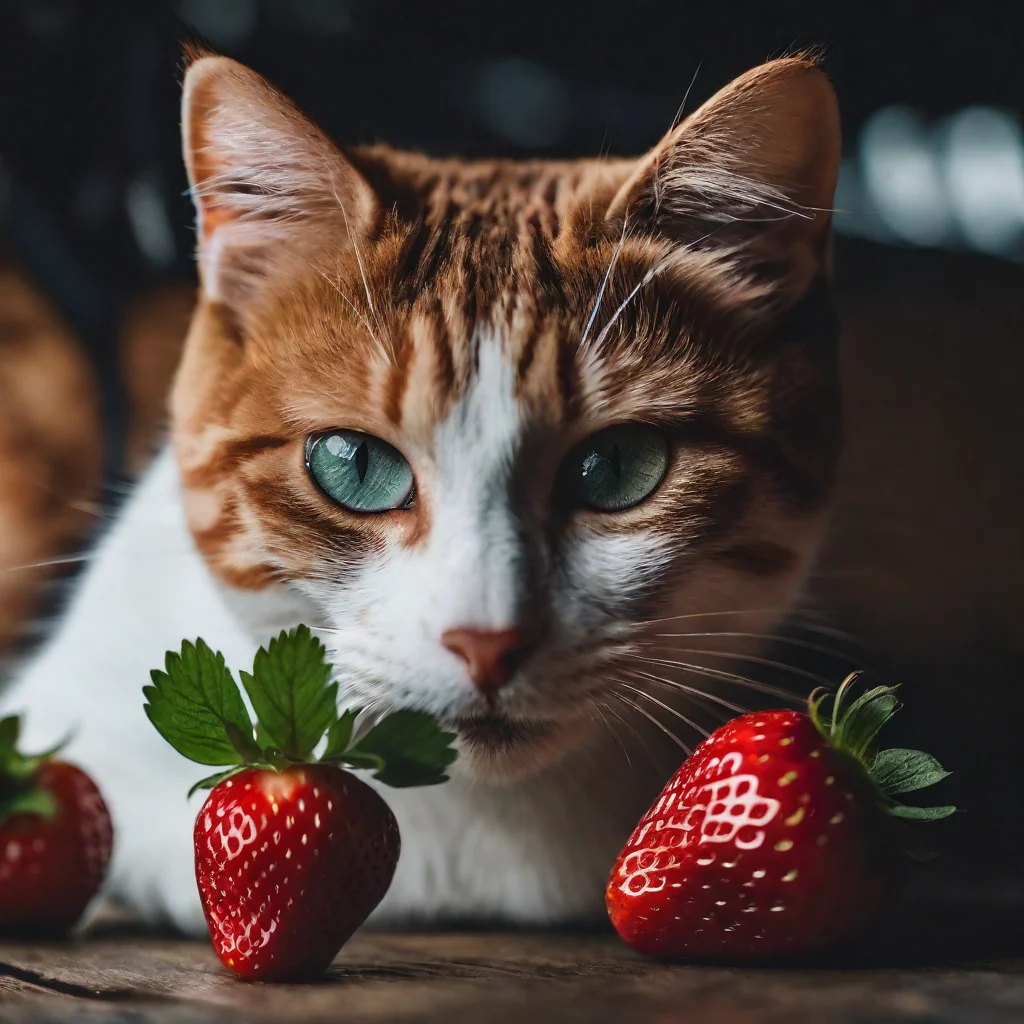
How to Properly Feed Strawberries to Your Cat
Now that we know cats can safely enjoy strawberries, let’s talk about how to properly feed them this delicious fruit. Here are a few tips to ensure your feline friend gets the most out of their strawberry experience.
First and foremost, always remove the green tops, also known as strawberry leaves, before offering strawberries to your cat. As mentioned earlier, these leaves can be difficult for cats to digest and may cause digestive upset. Stick to feeding your cat only the juicy red part of the strawberry.
Next, it’s important to serve strawberries in moderation. While they are packed with nutrients, too much of a good thing can lead to an upset stomach. Treat strawberries as a special treat and not a regular part of your cat’s diet. A few small pieces or a mashed-up strawberry mixed into their regular food should be sufficient.
When feeding strawberries, be mindful of the size and texture. Cats have smaller mouths and may struggle with large pieces of fruit. Cut the strawberries into bite-sized portions to make it easier for your cat to chew and digest. Alternatively, you can mash the strawberries and mix them with your cat’s food to create a tasty and nutritious meal.
Lastly, avoid offering your cat strawberry yogurt or any strawberry-flavored products. These often contain added sugars, artificial sweeteners, or dairy, which can be harmful to cats’ digestive systems. Stick to fresh, plain strawberries to ensure your cat’s safety.
By following these guidelines, you can safely introduce strawberries into your cat’s diet and provide them with a sweet and nutritious treat. Remember to always monitor your cat for any adverse reactions and consult your veterinarian if you have any concerns. Now go ahead and treat your feline friend to some strawberries – they might just become their new favorite snack!
Other Fruits Your Feline Friends Might Enjoy
If your cat loves the taste of strawberries, they might also enjoy some other fruits as well! While it’s important to remember that cats are obligate carnivores and should primarily eat a balanced diet of meat, certain fruits can be a fun and nutritious addition to their meals. Here are a few fruits that your feline friend might enjoy:
- Blueberries: These small and sweet berries are not only tasty for humans, but they can also be a delightful treat for your cat. Blueberries are packed with antioxidants and can help support your cat’s immune system.
- Watermelon: The juicy and refreshing nature of watermelon can make it a perfect summer snack for your cat. Just make sure to remove any seeds or rind before offering it to them. The high water content in watermelon can also help keep your cat hydrated.
- Cantaloupe: Another fruit with high water content, cantaloupe can be a hydrating and tasty treat for your cat. Cut it into small, bite-sized pieces and offer it as a special treat.
- Apples: While cats cannot eat the seeds or core of an apple, the flesh can be a safe and enjoyable snack. Just remember to remove the seeds and cut the apple into small, manageable pieces for your cat to chew.
- Bananas: This potassium-rich fruit can also be a hit with some cats. Offer small pieces of banana as a special treat, and make sure to remove the peel before feeding it to your furry friend.
It’s important to note that not all cats will enjoy or tolerate these fruits, so it’s always best to introduce new foods gradually and monitor for any adverse reactions. As always, consult your veterinarian if you have any concerns or questions about introducing fruits into your cat’s diet.
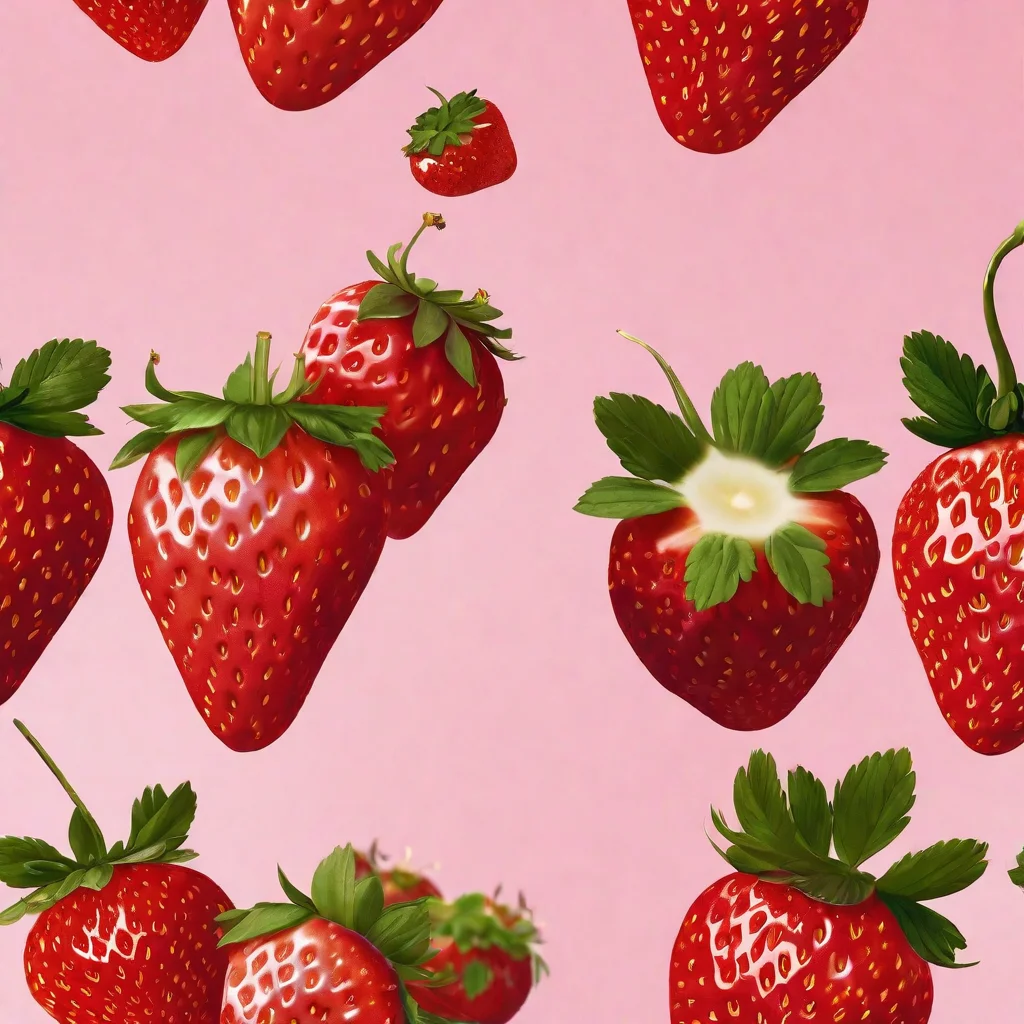
When Strawberries are a No-go: Warning Signs and Symptoms
While strawberries can be a safe and enjoyable treat for cats, there are instances where they should be avoided. It’s important to be aware of the warning signs and symptoms that may indicate strawberries are a no-go for your feline friend.
Firstly, if your cat experiences any digestive issues after consuming strawberries, such as vomiting or diarrhea, it may be a sign that they are intolerant or allergic to the fruit. While this is relatively rare, some cats may have sensitivities to certain foods, including strawberries. If you notice these symptoms, it’s best to avoid giving strawberries to your cat in the future.
Another warning sign to look out for is a behavior change. If your normally energetic and playful cat becomes lethargic or displays signs of discomfort after eating strawberries, it could indicate a negative reaction. Cats are masters at hiding discomfort, so it’s important to pay close attention to any changes in their behavior.
Additionally, if you notice any signs of an allergic reaction, such as swelling, itching, or difficulty breathing, it’s crucial to seek immediate veterinary attention. Allergic reactions can be serious and potentially life-threatening, so it’s important to act quickly.
Ultimately, every cat is unique, and while strawberries may be safe for most cats, there are always exceptions. It’s essential to monitor your cat closely whenever introducing a new food into their diet and to consult with your veterinarian if you have any concerns.
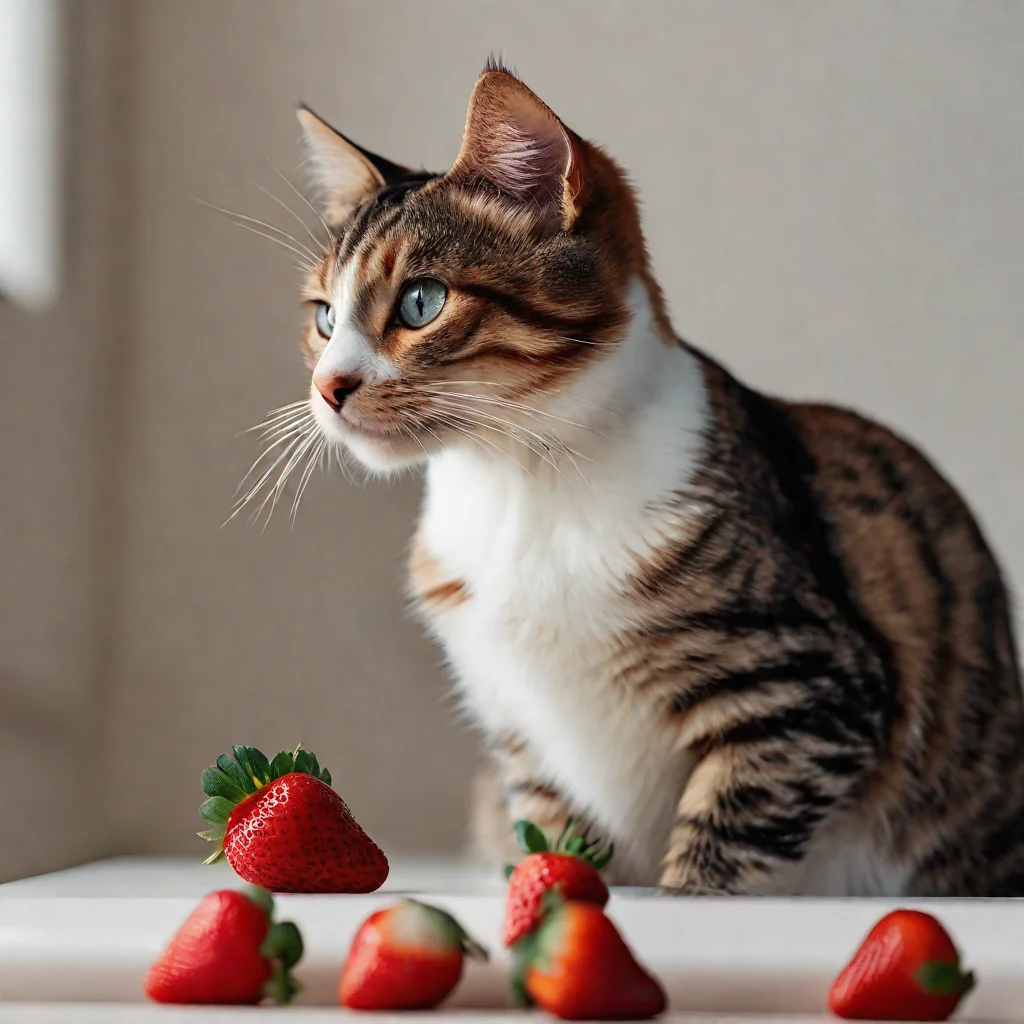
Conclusion
In conclusion, cats can safely enjoy strawberries as a delicious and nutritious treat. While it’s important to be cautious about what we feed our feline friends, strawberries are generally safe and offer some health benefits. Packed with vitamins C and K, fiber, and antioxidants, strawberries can contribute to a cat’s overall health and well-being. However, it’s crucial to remember a few important guidelines.
Firstly, always remove the green tops or strawberry leaves before offering strawberries to your cat. These leaves can be difficult for cats to digest and may cause gastrointestinal upset. Stick to feeding your cat only the juicy red part of the strawberry.
Secondly, avoid offering your cat strawberry yogurt or any strawberry-flavored products. These often contain added sugars, artificial sweeteners, or dairy, which can be harmful to cats’ digestive systems. Stick to fresh, plain strawberries to ensure your cat’s safety.
When feeding strawberries to your cat, serve them in moderation. Too much of a good thing can lead to an upset stomach, so treat strawberries as a special snack and not a regular part of your cat’s diet.
If your cat enjoys strawberries, they might also enjoy some other fruits, such as blueberries, watermelon, cantaloupe, apples, and bananas. However, it’s important to introduce new foods gradually and monitor for any adverse reactions.
Remember, every cat is unique, and while strawberries may be safe for most cats, there are always exceptions. It’s important to monitor your cat closely whenever introducing a new food and to consult with your veterinarian if you have any concerns.
So go ahead and treat your feline friend to some strawberries! With the proper precautions, you can safely introduce this sweet and nutritious fruit into your cat’s diet and provide them with a special treat they’ll love.
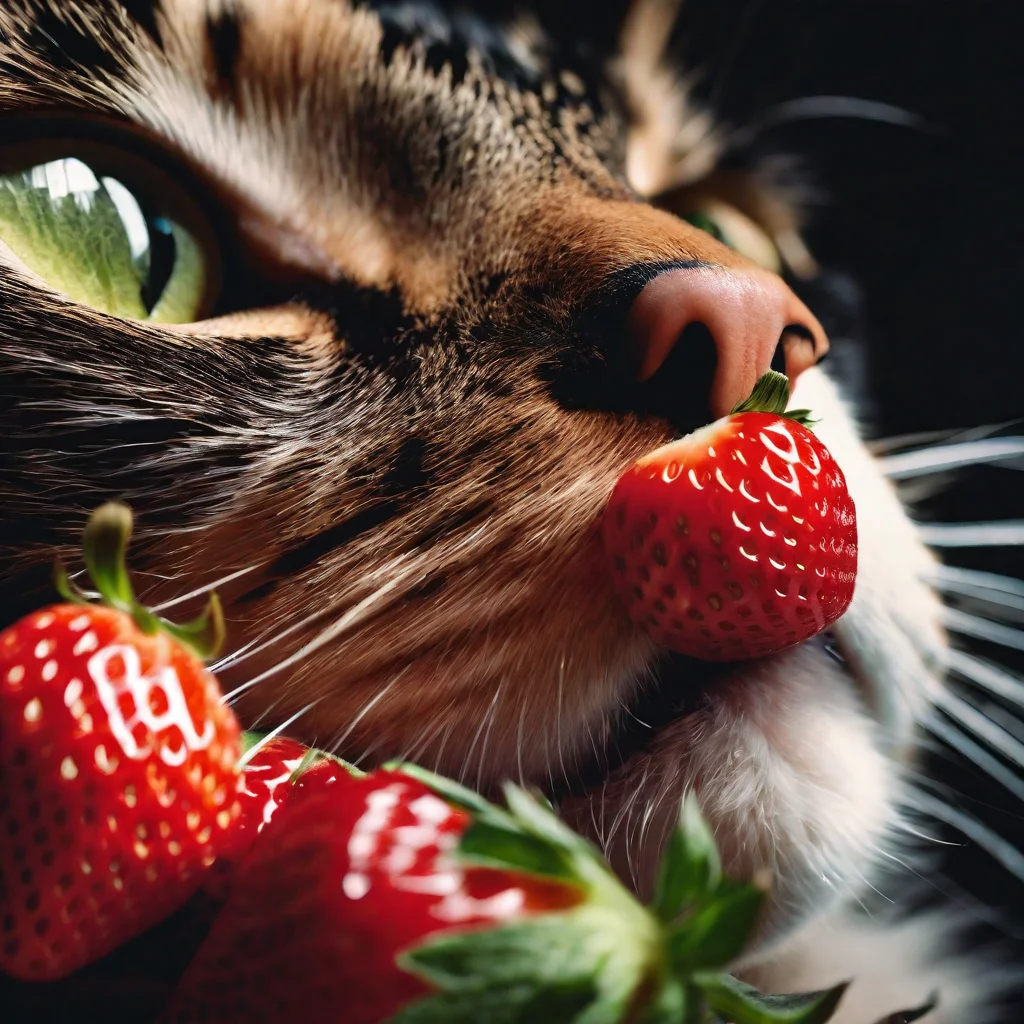
FAQs:
Q: Are strawberries OK for cats to eat?
A: Yes, strawberries are generally safe for cats to eat in moderation. They are a good source of vitamins and antioxidants. However, it’s important to remove the stems and leaves, as they can be difficult for cats to digest. Introduce strawberries gradually and monitor your cat for any adverse reactions.
Q: What fruits can cats not eat?
A: There are certain fruits that cats should avoid. Some fruits that can be toxic to cats include grapes, raisins, cherries, and citrus fruits. These fruits can cause various health issues, including kidney damage and gastrointestinal problems. It’s always best to research and consult with a veterinarian before introducing any new fruits to your cat’s diet.
Q: Why do cats go crazy for strawberries?
A: Cats may show interest in strawberries due to their sweet aroma and taste. However, not all cats are attracted to strawberries, as taste preferences can vary among individuals. Some cats may be more inclined towards the texture and smell of strawberries, which can trigger their curiosity and playfulness.
Q: Is the strawberry plant toxic to cats?
A: The leaves, stems, and flowers of the strawberry plant can be toxic to cats if ingested in large quantities. These plant parts contain substances that can cause gastrointestinal upset and other health issues. It’s important to keep strawberry plants out of your cat’s reach and ensure they cannot access them to prevent any potential poisoning incidents.

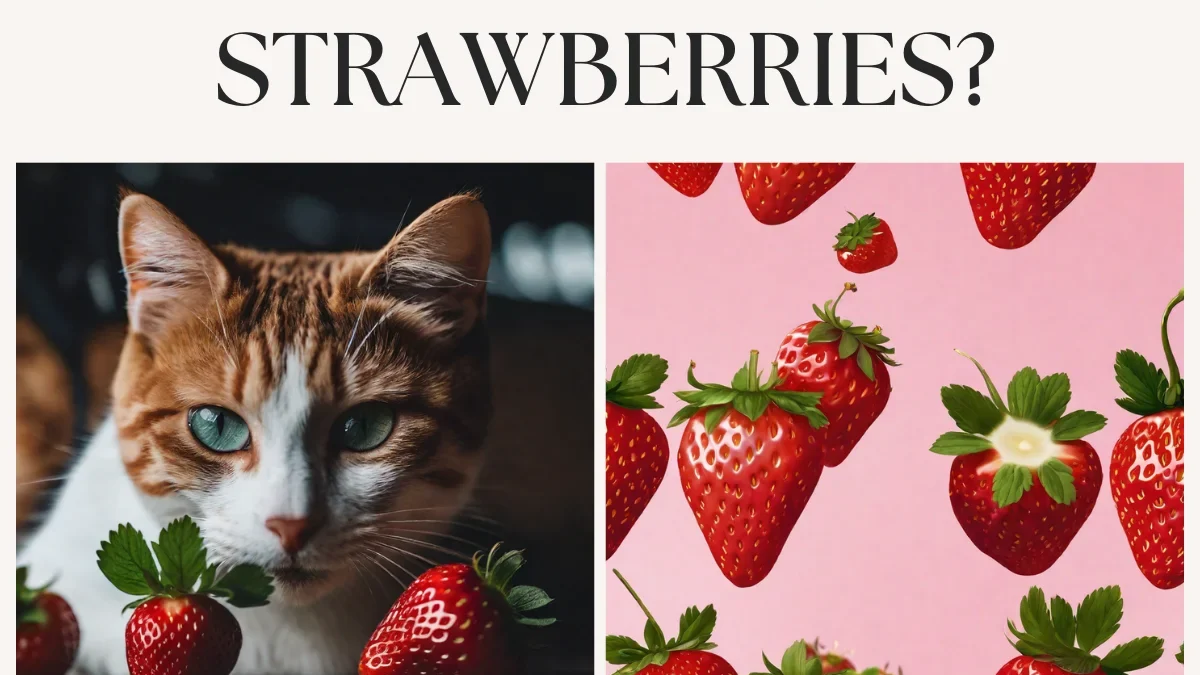
Let’s Settle This Once and for All: Can a Cat Eat Lasagna? Pawsgal
[…] Can Cats Eat Strawberries? […]